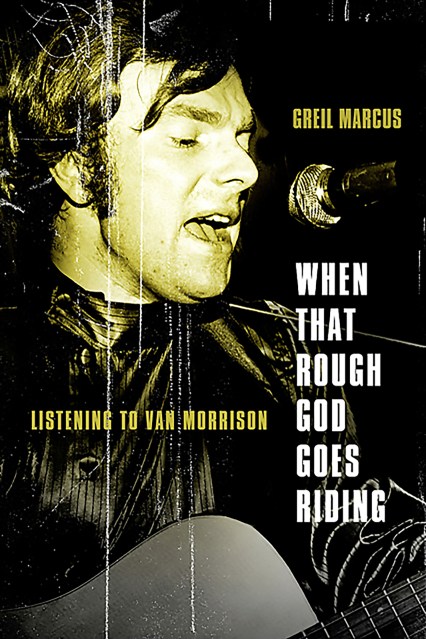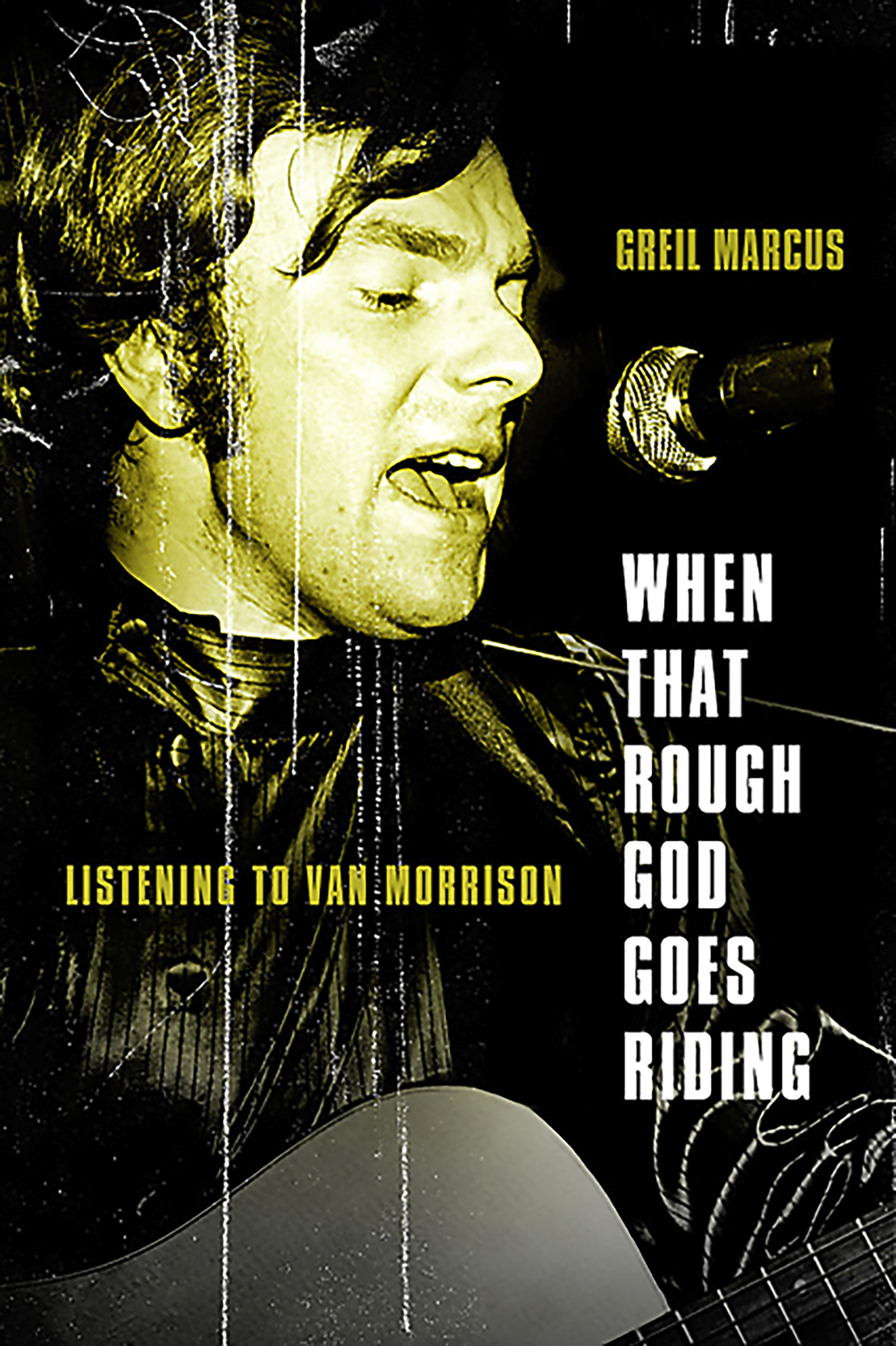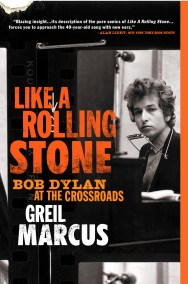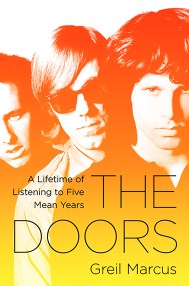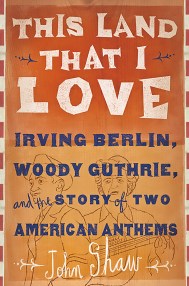Promotion
25% off sitewide. Make sure to order by 11:59am, 12/12 for holiday delivery! Code BEST25 automatically applied at checkout!
By clicking “Accept,” you agree to the use of cookies and similar technologies on your device as set forth in our Cookie Policy and our Privacy Policy. Please note that certain cookies are essential for this website to function properly and do not require user consent to be deployed.
When That Rough God Goes Riding
Listening to Van Morrison
Contributors
By Greil Marcus
Formats and Prices
- On Sale
- Apr 5, 2011
- Page Count
- 208 pages
- Publisher
- PublicAffairs
- ISBN-13
- 9781586489526
Price
$19.99Price
$25.99 CADFormat
Format:
- Trade Paperback $19.99 $25.99 CAD
- ebook $9.99 $12.99 CAD
This item is a preorder. Your payment method will be charged immediately, and the product is expected to ship on or around April 5, 2011. This date is subject to change due to shipping delays beyond our control.
Buy from Other Retailers:
This book is Marcus’s quest to understand Van Morrison’s particular genius through the extraordinary and unclassifiable moments in his long career, beginning in 1965 and continuing in full force to this day. In these dislocations Marcus finds the singer on his own artistic quest precisely to reach some extreme musical threshold, the moments that are not enclosed by the will or the intention of the performer but which somehow emerge at the limits of the musician and his song.
Genre:
Newsletter Signup
By clicking ‘Sign Up,’ I acknowledge that I have read and agree to Hachette Book Group’s Privacy Policy and Terms of Use
